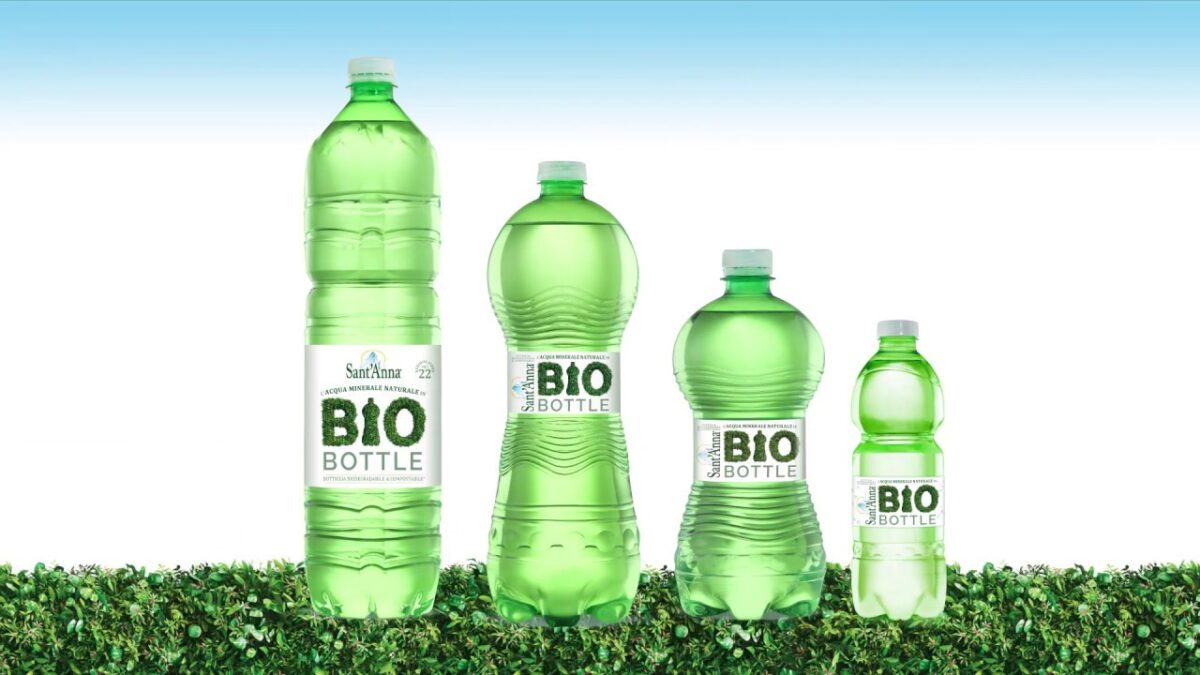Apropos of absolutely nothing at all, a question popped into the brain, “If a bio-plastic is still a plastic, why is it better for the planet?” Followed quickly by, “Is it better for the planet?”
So what is a bio-plastic? A common one is made from fermented plant starch from corn, sugar cane, sugar beet etc. It is called polylactic acid (PLA). PLA has a formula of repeating chains of C3H4O2. The common elements of life: carbon, hydrogen and oxygen. Clearly, that will not harm the planet as it breaks down, as those are all good elements to have around, and the plastic usually breaks down into harmless water, H2O and carbon dioxide, CO2.
So, what about those evil plastics made from petroleum products? Take, for example, the common water bottle plastic, PET or polyethylene terephthalate. PET is made of repeating chains of C10H8O4 . Oh dear, the same common elements of life. However, left to break down in the environment, this one is going to kill the birds, bees, fish, turtles and unicorns.
“Are we being sold a line on bio-plastics?” was the next question.
Fortunately, smarter minds than mine have already delved into the side effects of bio-plastics. A University of Pittsburgh study found that when one takes the full life cycle into account, the bio-plastic eco-friendliness gets a tad tarnished.
The study compared seven traditional plastics, four bioplastics and one made from both fossil fuel and renewable sources. The researchers determined that bioplastics production resulted in greater amounts of pollutants, due to the fertilizers and pesticides used in growing the crops and the chemical processing needed to turn organic material into plastic. The bioplastics also contributed more to ozone depletion than the traditional plastics, and required extensive land use. B-PET, the hybrid plastic, was found to have the highest potential for toxic effects on ecosystems and the most carcinogens, and scored the worst in the life cycle analysis because it combined the negative impacts of both agriculture and chemical processing.
Phys,org
Well, that’s not good, is it? But it got worse …
While the biodegradability of bioplastics is an advantage, most need high temperature industrial composting facilities to break down and very few cities have the infrastructure needed to deal with them. As a result, bioplastics often end up in landfills where, deprived of oxygen, they may release methane, a greenhouse gas 23 times more potent than carbon dioxide.
Phys.org
And worse …
When bioplastics are not discarded properly, they can contaminate batches of recycled plastic and harm recycling infrastructure. If bioplastic contaminates recycled PET (polyethylene terephthalate, the most common plastic, used for water and soda bottles), for example, the entire lot could be rejected and end up in a landfill. So separate recycling streams are necessary to be able to properly discard bioplastics.
Phys.org
So all the people diligently washing and recycling all their plastics may be creating a bigger problem if they are not separating the bio-plastics from the evil plastics.
Oh dear, that is a sixth bin we need at the kerbside. (Rubbish, glass, green-waste, food waste, recycling bio-plastic, recycling other.)
And the land needed to grow the crops to turn into bio-plastic competes with the land needed to grow the crops needed to feed us all. Currently the European Bio-Plastics organisation predicts that 1.1 million ha will be required by 2025. For comparison, that is approximately twice the arable land area in NZ. (Arable = crops grown, not pasture land.)
Perhaps there are better ways to get the feedstock for bio-plastics? I’m glad you asked. Indeed there is, you can make PHA by using genetically modified bacter… “Genetically modified???” Get out immediately!
As always, things ain’t necessarily what they tell us.
Please share this article so that others can discover The BFD

